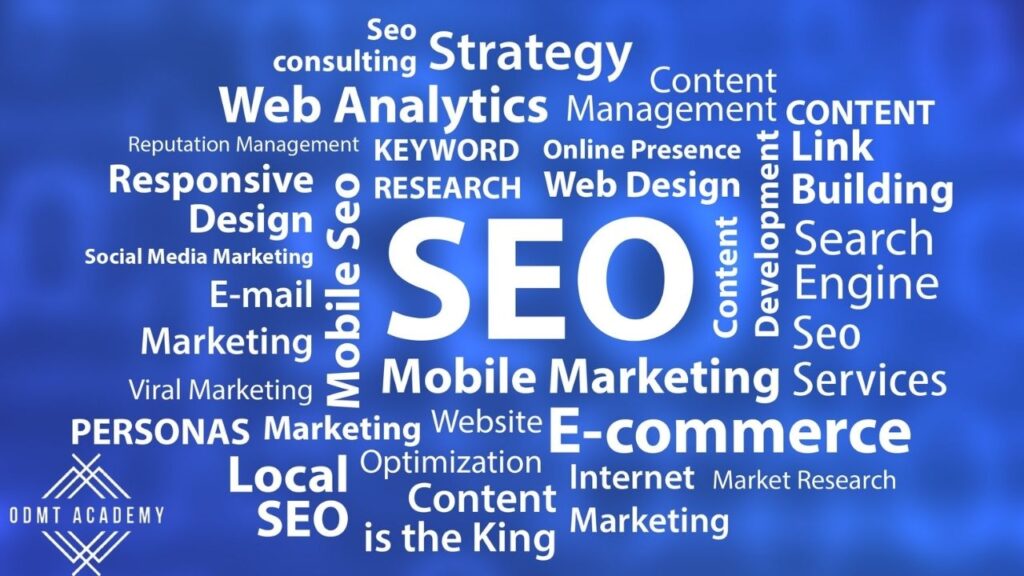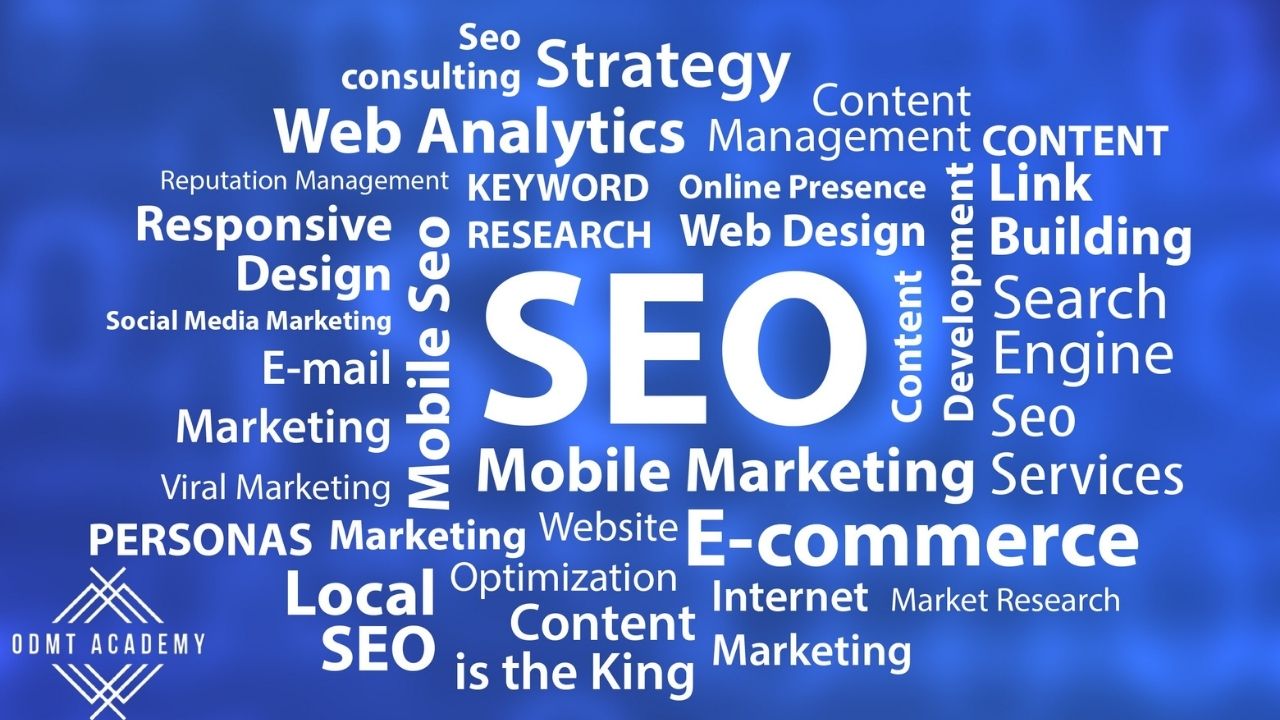There’s no reason to be sluggish when it comes to on-page SEO. On-page SEO has the potential to attract a large number of new visitors — and customers — to your website. In this article, we’ll go over what SEO is, what on-page SEO is and how to develop SEO-friendly content to get the perfect SEO score.
WHAT IS SEO?
SEO is a technique that allows you to optimise your website so that it ranks better in search engines for specific keywords and generates organic traffic. It serves as the backbone of digital marketing. In simple terms, SEO is the process of putting a website at the top of a search engine results page (SERP) for a keyword entered by the user.

WHAT IS ON-PAGE SEO?
On-page SEO is the process of optimising individual web pages in order to improve their search engine rankings and generate more organic traffic. On-page SEO comprises optimising your headlines, HTML tags (title, meta description, and header), and images in addition to posting relevant, high-quality content. It also entails ensuring that your website possesses a high level of expertise, authority, and credibility. In a nutshell, on-page SEO involves visible content and HTML source code optimizations.
HOW TO WRITE A PERFECT SEO FRIENDLY CONTENT AND GET PERFECT SEO SCORE? / SEO ON-PAGE TECHNIQUES 2025:
On-Page SEO Techniques for 2025
As search engine algorithms evolve, on-page SEO techniques must also adapt to new trends and best practices. In 2025, on-page SEO is more focused on user experience (UX), content relevance, and AI-driven search engine algorithms. Below are the most effective on-page SEO techniques to follow in 2025:
1. AI-Optimized Content & Natural Language Processing (NLP)
- Google’s AI algorithms (like RankBrain & MUM) are smarter in understanding user intent.
- Focus on conversational and question-based queries (e.g., “How does SEO work in 2025?”).
- Use structured content (FAQs, tables, lists) to enhance readability and improve rankings.
✅ Best Practices:
- Write content that answers specific user questions concisely.
- Use long-tail keywords and natural phrasing to match voice searches.
- Optimize for Google’s “People Also Ask” section by addressing common questions.
2. Content Experience & Readability Optimization
- Search engines prioritize content that provides value and a seamless reading experience.
- In 2025, search engines focus on user behavior signals (time on page, scroll depth, engagement).
✅ Best Practices:
- Write engaging, easy-to-read content with short paragraphs, bullet points, and visuals.
- Use subheadings (H2, H3, H4) to organize content and improve skimmability.
- Avoid fluff; keep content concise yet informative.
- Implement interactive elements like polls, quizzes, and videos to boost engagement.
3. E-E-A-T Optimization (Experience, Expertise, Authoritativeness, Trustworthiness)
- Google’s E-E-A-T (added “Experience” in 2023) remains crucial for content ranking.
- High-quality content from credible sources ranks better.
✅ Best Practices:
- Mention author credentials & expertise (especially for YMYL – Your Money, Your Life topics).
- Link to trusted, high-authority sources in your content.
- Display trust signals (certifications, awards, testimonials).
- Use author schema markup to highlight expertise.
4. Keyword Optimization with Search Intent
- In 2025, search intent (informational, transactional, navigational) is more important than ever.
- Google’s AI ranks pages based on how well they match user intent.
✅ Best Practices:
- Use intent-based keywords:
- Informational: “What is on-page SEO?”
- Transactional: “Best SEO tools 2025”
- Navigational: “Ahrefs pricing page”
- Focus on topical relevance instead of keyword density.
- Use semantic keywords & related phrases to create comprehensive content.
5. Core Web Vitals & Page Speed Optimization
- Google still prioritizes Core Web Vitals (Largest Contentful Paint, First Input Delay, Cumulative Layout Shift).
- Faster-loading pages rank better and improve user experience.
✅ Best Practices:
- Optimize images using next-gen formats (WebP, AVIF).
- Enable lazy loading for images and videos.
- Use a Content Delivery Network (CDN) to serve content faster.
- Minify CSS, JavaScript, and HTML to reduce page load time.
- Implement server-side rendering (SSR) or static site generation (SSG) for better performance.
6. Mobile-First & Responsive Design
- Google’s mobile-first indexing means mobile UX directly impacts rankings.
- Websites must be fully responsive across all screen sizes.
✅ Best Practices:
- Ensure fast-loading, mobile-friendly layouts.
- Avoid intrusive pop-ups that disrupt user experience.
- Use AMP (Accelerated Mobile Pages) where necessary for fast loading.
7. Image & Multimedia Optimization
- Visual search is growing (Google Lens, Pinterest Lens).
- Well-optimized images improve accessibility and rankings.
✅ Best Practices:
- Use alt text with keywords for better image SEO.
- Compress images without sacrificing quality (use TinyPNG, ImageOptim).
- Add descriptive filenames (e.g.,
on-page-seo-2025.jpginstead ofIMG1234.jpg). - Implement image schema markup to help Google understand content.
8. Internal Linking & Site Structure
- Proper internal linking improves crawlability & page authority distribution.
- Helps users navigate the site easily.
✅ Best Practices:
- Link relevant pages using descriptive anchor text.
- Use a hierarchical site structure (homepage → categories → subpages).
- Keep URLs short, keyword-rich, and descriptive (e.g.,
example.com/seo-techniques-2025). - Avoid orphan pages (pages with no internal links pointing to them).
9. Structured Data & Schema Markup
- Schema markup helps search engines understand content better.
- Enables rich snippets (FAQs, reviews, star ratings, event details, etc.).
✅ Best Practices:
- Use FAQ schema to appear in “People Also Ask” results.
- Add product schema for eCommerce sites (pricing, availability, reviews).
- Implement video schema if using video content.
- Use Article schema to improve news & blog rankings.
10. Zero-Click Searches & Featured Snippets Optimization
- Over 50% of searches result in zero clicks (Google provides direct answers in SERPs).
- Featured snippets & “People Also Ask” sections dominate search results.
✅ Best Practices:
- Answer questions concisely within the first 100 words.
- Use bullet points, lists, and tables to increase chances of appearing in snippets.
- Format content properly with structured headings and subheadings.
- Optimize for FAQ-based queries related to your topic.
11. User Engagement & Behavioral Metrics
- Google uses behavioral signals (bounce rate, dwell time, CTR) to rank pages.
- Engaging content keeps users on the page longer.
✅ Best Practices:
- Add interactive elements (quizzes, surveys, polls).
- Use engaging visuals (infographics, GIFs, explainer videos).
- Include a clear call-to-action (CTA) to guide users.
Conclusion
On-page SEO in 2025 is all about user experience, AI-driven content optimization, and technical efficiency. By focusing on high-quality content, structured data, and fast-loading pages, websites can rank higher and attract more organic traffic. Implement these strategies to stay ahead of SEO trends and maintain strong search engine visibility. 🚀
